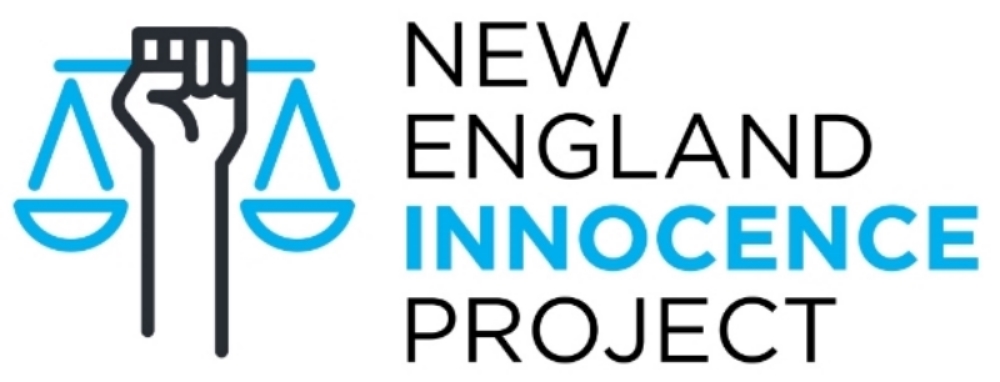March 18th, 2014
On Friday, the Massachusetts Supreme Judicial Court issued its first decision interpreting M.G.L. ch. 278A- the important law that provides access to forensic and scientific analysis. This ruling strongly confirms that the legislative purpose of the Act was to create a new pathway for access to evidence for those claiming actual innocence.
Relying on legislative findings, the court determined that the act’s purpose was to “remedy the injustice of wrongful convictions of factually innocent persons by allowing access to analyses of biological material with newer forensic and scientific techniques” and the Court declined to adopt the more stringent interpretation urged by the District Attorney of Plymouth County.
Instead, the SJC held that the legislature, cognizant of the problem of wrongful convictions, intended to create a new procedure for the factually innocent to utilize the advancements in science and technology in re-examining evidence used to convict them.
Specifically, the SJC held that at the threshold stage of 278A motion, the judge is to determine only that the requirements of §3 have been met. If the moving party has done so , a hearing shall be held. In order to be successful at the hearing,, the moving party must show, by a preponderance of the evidence, that s/he is entitled to have access to the evidence and have it tested with the “newer forensic and scientific techniques” all the information required by statute.
This is a significant recognition by the SJC that wrongful convictions do occur and that the traditional post-conviction procedures are inadequate to correct them.
278A creates a two-step procedure . The first step is the submission of a Motion. Once submitted, the court must determine that the contents of the Motion meets the preliminary criteria set out in §3 of the Act, namely:
name and description of the requested forensic or scientific analysis;
information demonstrating admissibility of the requested analysis;
description of the requested evidence or biological material including its location and chain of custody;
information demonstrating that the analysis could produce evidence material to the moving party’s identification as the perpetrator; and
information showing that the requested analysis hadn’t been utilized:
i. because it wasn’t available at the time of conviction;
ii. the analysis wasn’t admissible in the Commonwealth at the time of conviction;
iii. the moving party and his/her attorney did not have reason to be aware of the biological material at the time of the conviction
iv. that although a reasonably effective attorney would have sought the analysis, the trial attorney either failed to seek the analysis or the judge denied the request; or
v. information demonstrating that the evidence was otherwise unavailable at the time of the conviction.
Additionally, the moving party must file an affidavit averring factual innocence.
Once a determination is made that the above requirements has been met, a hearing is held affording parties the opportunity to present evidence and argue their case.
278A provides a crucial tool for attorneys litigating post-conviction claims and today’s SJC decision is an acknowledgement that new procedures are necessary to provide relief to the wrongfully convicted. It’s now up to the defense bar to ensure its use.
–Denise McWilliams, Esq.
NEIP Executive Director
